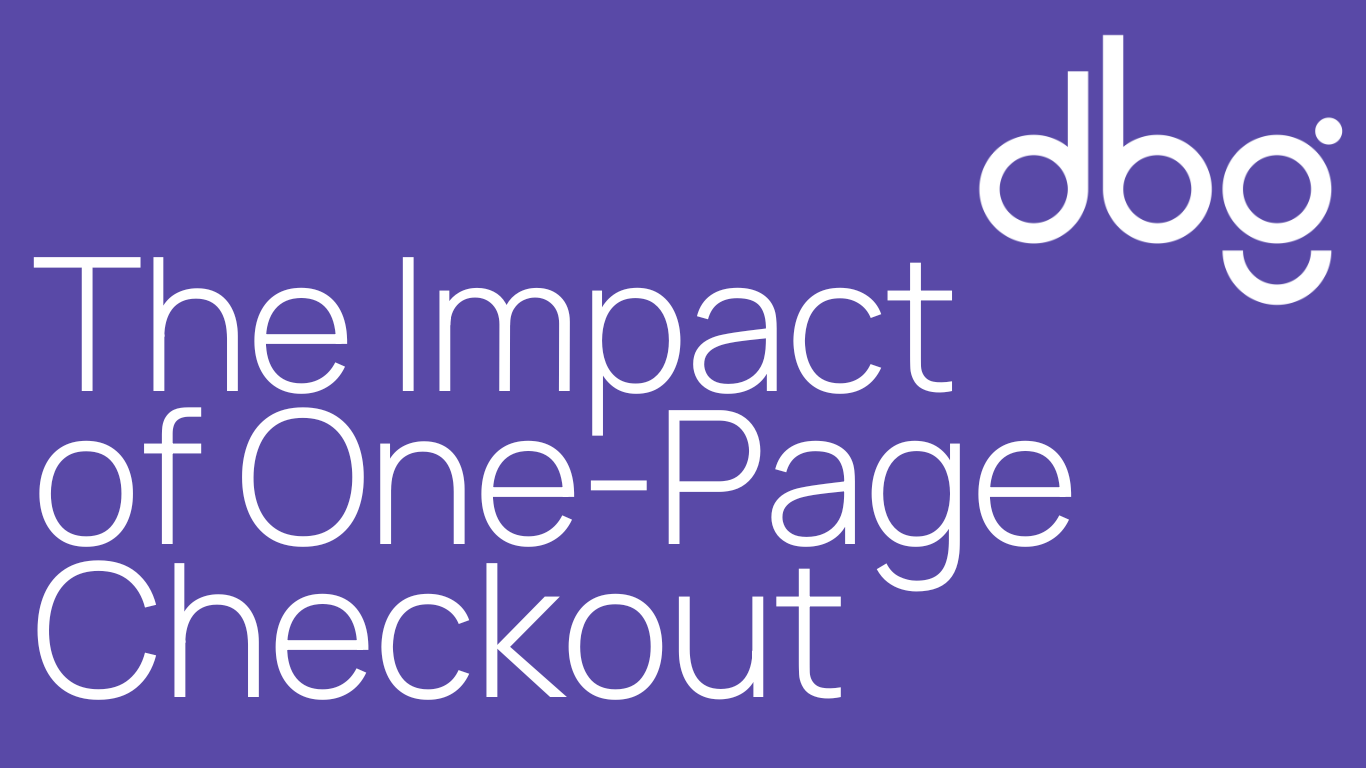
Traditional multi-page checkouts often lead to cart abandonment as users navigate through various steps, providing information on different pages. One-Page Checkout condenses this process onto a single, user-friendly page, allowing customers to complete their purchase swiftly and efficiently. With all the essential fields and options consolidated on a single page, users can review and input their information without the hassle of multiple clicks. This simplicity not only enhances user satisfaction but also reduces the likelihood of cart abandonment.
One-Page Checkout is user focussed, minimises friction, and aims to make the transaction process smooth and hassle-free, which can lead to increased customer loyalty and positive reviews, fostering a strong brand reputation.
The more steps involved in the checkout process, the higher the likelihood of users abandoning their carts. One-Page Checkout addresses this issue head-on, significantly reducing abandonment rates and improving the chances of converting visitors into customers.
Implementing One-Page Checkout:
1. Prioritise Essential Information
While condensing the checkout process, it’s vital to prioritise collecting only the essential information. Requesting too much information can overwhelm users and defeat the purpose of simplifying the checkout process. Stick to the basics – shipping address, payment details, and confirmation.
2. Provide Clear Calls-to-Action
To guide users seamlessly through the One-Page Checkout, employ clear and concise calls-to-action. Intuitive buttons, such as “Proceed to Payment” or “Complete Order,” should be strategically placed to avoid confusion and ensure a logical flow.
3. Optimise for Trust and Security
Prominently displaying trust badges, security certifications, and a summary of your data protection policies. Transparency builds trust, fostering a sense of security that encourages users to complete their purchase.
With the surge in mobile shopping, optimising the checkout process for mobile users is crucial. One-Page Checkout is inherently mobile-friendly, ensuring that users on smartphones and tablets can complete their purchases with ease.
